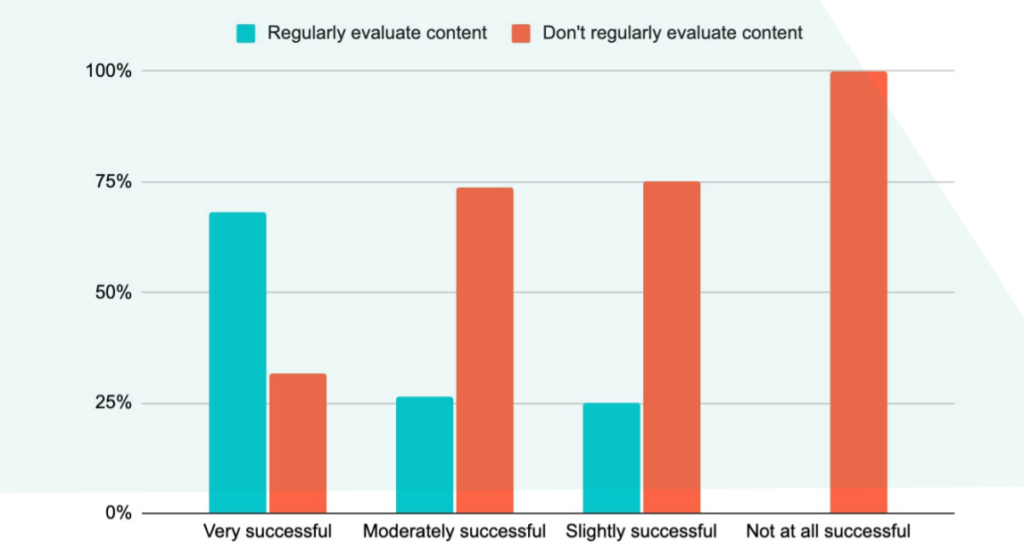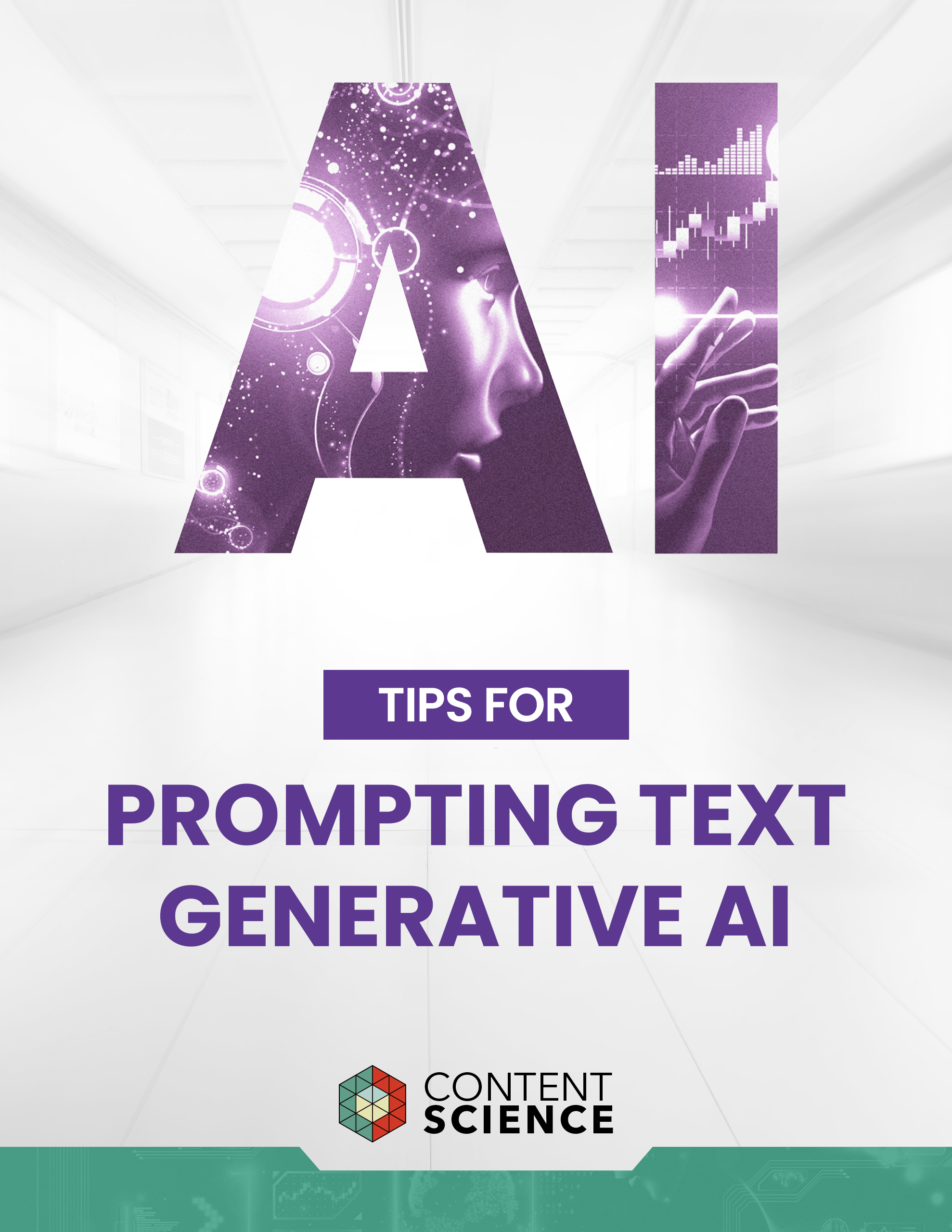
Looking back on 2021 and ahead to this year, I find the state of content is like my coffee mug collection—not boring. If you missed Content Science’s annual workshop that tries to make sense of it all, take heart. I’m offering a few highlights below to consider as we brave 2022.
One Surprise: Misinformation Multiplied
In the State of Content 2021, I noted how misinformation wreaked havoc on everything from reaction to the U.S. election, to attitudes toward vaccines, to national security. But the upside was people on all sides of misinformation could no longer deny its impact. The impact was there for the world to see. I thought we had learned from the days of the printing press and would have urgently made strides against disinformation, misinformation, fraud, fakes, and the like in 2021—but, surprise, we did not!
I don’t mean to say that we didn’t observe progress at all. Social media, advertising, and commerce platforms—from Facebook and Twitter to YouTube, Amazon, and Spotify—have come under extreme pressure to stop the infodemic. For instance, a coalition of fact checkers like Politifact published an open letter to YouTube’s CEO, and Twitter employees assembled a petition demanding the company take action. Some changes happened, such as banning Donald Trump from Twitter. But those changes haven’t been enough.
So, in 2021, misinformation multiplied, leading to more mayhem. And as we shift into 2022, we’re seeing not just the problem, but also its high cost. Here are a few examples:
- 64% of American adults say fabricated news stories cause a lot of confusion about basic facts of current events, according to a Pew Research study. This fact is a big deal. If we make decisions based on incorrect facts, we’re more likely to make bad, costly decisions. If we’re unsure of whether facts are accurate, we often delay decisions—or make none at all, which can be just as costly as a bad decision.
- CEOs have identified misinformation as a top 10 threat to growth in a PriceWaterhouseCoopers study. Misinformation magnifies other threats, such as climate change and the pandemic, by leading people to make uninformed decisions.
- COVID misinformation costs us $50-300 million each day, a study by Johns Hopkins discovered.
- More than 95,000 Americans lost $770 million in 2021 due to fraud initiated on social media platforms, a report by the Federal Trade Commission found. That’s a huge jump from $42 million in 2017.
And I’m only scratching the surface of the misinformation cost. It’s continuing into 2022, as Spotify lost $2 billion in market value in just 3 days by bungling its response to Neil Young and other artists escalating concerns about vaccine misinformation.
The ramifications of misinformation running rampant are wide, extending into topics beyond the scope of this review. Let’s focus on the ramifications for content. 2022 is an unprecedented opportunity for trusted content sources—whether brands, media, nonprofits, or influencers—to differentiate themselves from the noise, including misinformation. But that will take offering substance at scale.
Two Success Factors for 2022
What does it take to offer substantive content at scale? Our research in 2021 can help answer this question. Last year, we conducted the most recent version of our study on content operations, resulting in the in-depth report, What Makes Content Operations Successful? We sliced and diced the data to better understand what differentiates organizations that report content success. We anticipate two of these success factors to be key for the coming year.
1. Establish and Communicate a Content Vision
What do you aspire your content to be? What is the future state you’re trying to achieve? What does that mean for the customer experience? What does that mean for your operations? These are the kinds of questions successful organizations outline, answer, and communicate widely. Yet, most companies do not have a content vision.

Forming such a content vision is an important step in differentiating your brand’s content. Lymari Morales, Associate Dean at John Hopkins Bloomberg School of Public Health, perfectly describes what it’s like to establish and benefit from such a vision in this quote from our recent interview:
My team is extremely talented and capable, but the efforts weren’t necessarily laddering up to a vision. So I came in, listened and learned first, and then worked with my team to co-create a vision and put that vision on paper.
We did that in late 2019 to start piloting it in January 2020… and then when the pandemic came, we were already playing from the same playbook to apply those ideas to this information moment.
Morales’s brief quote is rich with takeaways, including:
- The content leader can let the vision emerge from a great team by listening, learning, and collaborating to shape the vision. The buy-in to the vision will be strong.
- Write the vision down.
- Having a vision helps you navigate both the expected and unexpected in your content journey.
The results Morales and her team have seen speak for themselves, including but not limited to:
- Winning multiple national awards for their online magazine, podcast, and communications efforts.
- Unprecedented audience growth in 2021 that includes:
- 6 million podcast downloads
- 80,000 subscribers to the Expert Insights newsletter
- 800 media mentions per day
We need more organizations to fight misinformation the way Johns Hopkins has. But that’s impossible without a clear and well-communicated content vision.
Now, let’s turn to a second critical success factor for the coming year.
2. Evaluate Content Effectiveness Regularly
It’s 2022. Do you know how your content is performing? Organizations that are successful with content do. In fact, 100% of such organizations in our study reported evaluating content effectiveness or impact regularly.
Even more interesting, when we dug into the data further, we found that evaluating content regularly—or what we sometimes call establishing content intelligence—correlated strongly with other signs of success.

I explain it this way: If you evaluate content effectiveness, you have to know what your vision and goals are. Otherwise, you don’t have anything to measure against. By evaluating content, you’ll also have enough insight to share with stakeholders, explain how you’ve achieved success, and ultimately get more support, trust, and freedom to take your content to the next level of impact. You can more easily repeat and scale what works well, as we helped The Home Depot do. And you can more efficiently experiment with new ideas. In essence, measuring content effectiveness regularly triggers a virtuous cycle.
The insights in this article are from the Content Science webinar on the state of content. You can find more fast facts in our 50 Crucial Content Facts infographic. To learn more about content vision, sign up for our next webinar. Read more about getting started with content measurement. And check out more of our content operations research, including these briefings on content evaluation and content roles.
Events, Resources, + More
Workshop: Are You Ready for AI?
Is your organization really ready for AI at scale? Let the Content Science team guide your leaders through assessing 4 areas of readiness.
Course: Prompting Text Generative AI
Learn how to bring out the full potential of text generative AI to create impactful content from this on-demand course.
Webinar: Benchmarks for Content Effectiveness
It's not about more content. It's about more effective content. Gain tips based on Content Science's unique research + experience.
The Ultimate Guide to End-to-End Content
Discover why + how an end-to-end approach is critical in the age of AI with this comprehensive white paper.






Comments
We invite you to share your perspective in a constructive way. To comment, please sign in or register. Our moderating team will review all comments and may edit them for clarity. Our team also may delete comments that are off-topic or disrespectful. All postings become the property of
Content Science Review.